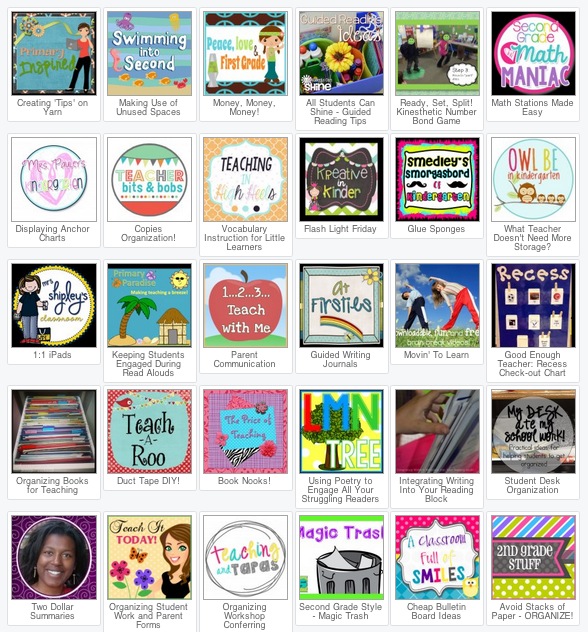
Every teacher has fallen into the trap of repeating directions we’ve given a million times. Kids already know what they should be doing, so they tune us out. We say it again, they ignore it again. And we go home at the end of the day exhausted because we’ve spent our time trying to control kids’ behavior instead of equipping them to exercise self-control.
One of the simplest tricks I’ve learned for breaking this cycle is to give students the responsibility for solving the problem. I try to ask questions that require the child to think about what she or he is doing and determine a more appropriate behavior:

What should you be doing right now? is my absolute favorite and it works in just about any situation. Usually when I ask these types of questions, students will pause, think, and then self-correct without any problems. It works well because I haven’t given a command for kids to rebel against: they haven’t had to give in because they were never told what to do. Students determine the solution and choose a different behavior, and instead of wearing us both down with more nagging, I get to say something positive and encouraging:
Exactly. Thank you for fixing that. Good choice. I knew you would figure out the right thing to do. You got it. Yes.
Of course, not all questions inspire self-reliance and problem solving. Many times we ask “why” questions that are really commands in disguise. I can’t count the number of times I’ve asked students, Why do I hear talking? when I really mean Stop that right now! In those moments, I’ve already decided there’s no good reason for anyone to be talking, so I don’t really want to hear what’s causing it or get into a debate with the kids about whether the talking is justified. So, I try to replace those unproductive “why” questions with questions that inspire constructive responses from students and help them think about their behavioral choices:

I hope you find these tips helpful with your own students! I’d love to hear how you break the nagging cycle in your classroom, or if you’ve discovered other questioning techniques that help students reflect on their choices. Please share in the comments below.

I’m excited to pass on a ton of other great tips for you today: this post is part of a new monthly blog hop called Bright Ideas. Nearly 200 educators have created blog posts that are completely free of products, freebies, or downloads of any kind. In this series, we’re sharing only the “bright ideas” that have worked in our classrooms.
The blog hop is divided into grades K-2 and grades 3 and up, though many of the ideas (like the one I’ve shared) work for any grade level. Next up on the grades 3 and up blog hop is Christina Marie from Apples, Books, and Crayons. She’s sharing her ideas for student desk organization. If you don’t want to go in order and click through all the posts, you can search by topic using the link-ups below and skip to any other blog in the hop. Enjoy!

Angela Watson
Founder and Writer
Sign up to get new Truth for Teachers articles in your inbox
Discussion
OR

Join our
community
of educators
If you are a teacher who is interested in contributing to the Truth for Teachers website, please click here for more information.


















What a concise way of explaining this strategy. I think I used a form of it without even realizing it…..When I see kids off task (especially if it’s a student in the hallway that’s not part of my class) I like to ask a polite question that gets them back on task without seeming like I’m reprimanding. Like “Do you know where you need to go now?” or “Are you figuring everything out okay?”
I really like the idea of being intentional about using redirecting questions all the time…..
I love these as a teacher, but as a parent of a toddler too! I definitely think rephrasing things for my little one will help with the tantrums! Thanks so much!
Thank you for this great reminder. I’m going to pay very close attention to my questioning practices and change those “why” questions into questions that will be more effective. Thanks for this great post!
Truly whhen someone doesn’t know then its up to other users that they will help,
so here it happens.